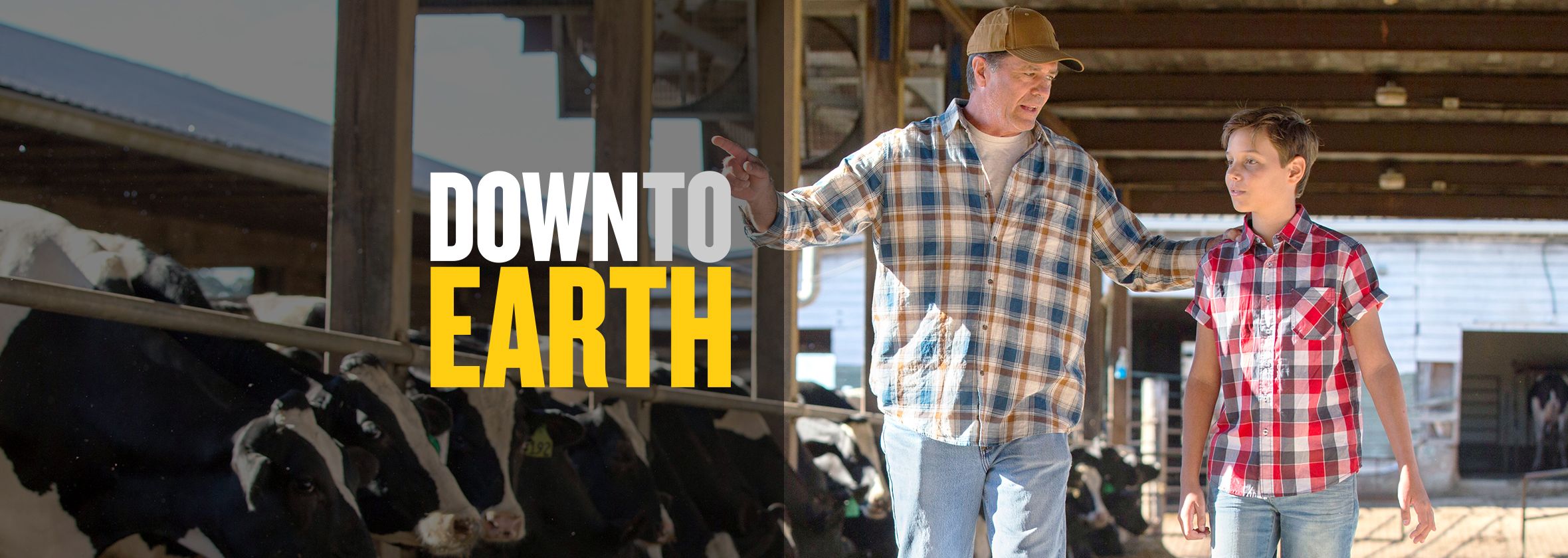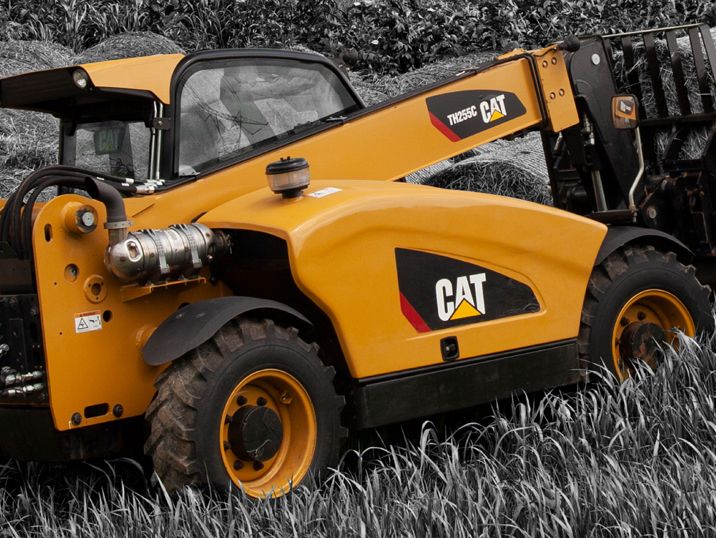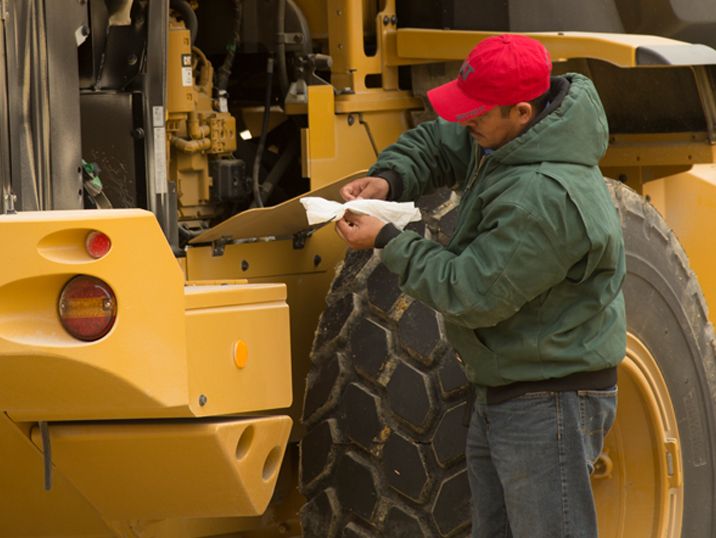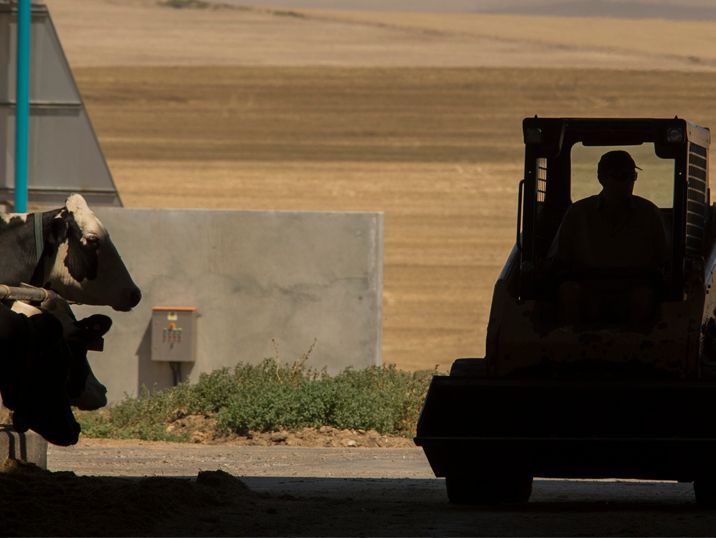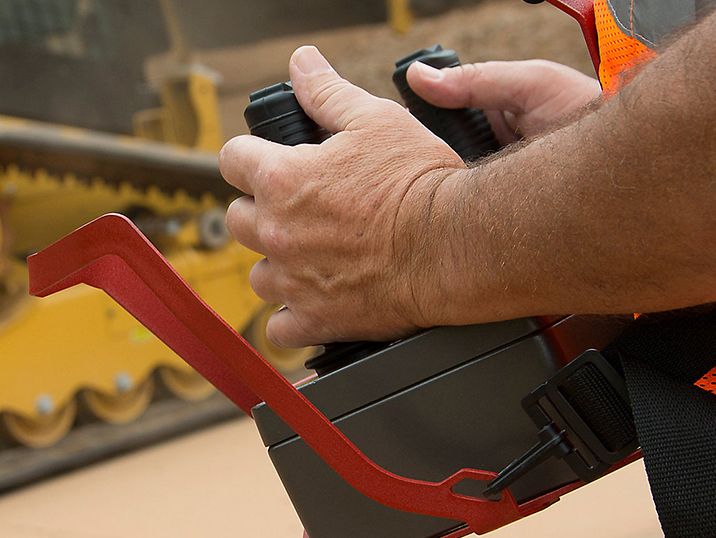

Sign In
Welcome! Sign In to personalize your Cat.com experience
If you already have an existing account with another Cat App, you can use the same account to sign in here
Register Now
One Account. All of Cat.
Your Caterpillar account is the single account you use to log in to select services and applications we offer. Shop for parts and machines online, manage your fleet, go mobile, and more.
Account Information
Site Settings
Security
Top Agriculture Trends for 2020
Ben Rice | Agriculture Industry Representative
The agriculture industry has seen some big changes over the years, and this year promises to bring new trends that could impact your business. We took a look at three buzzworthy trends including tariffs, hemp farming and next generation farmers.
Tariffs
Over the past few years, the U.S. has imposed tariffs on a wide range of products. In retaliation, many countries have imposed tariffs on U.S. products as well, especially agricultural commodities like soybeans, cotton and grains.
In addition to high tariffs, farmers across the country have experienced lower commodity prices and poor weather. Many U.S. farmers depend on the ability to export their crops around the world, but retaliatory tariffs are making their products less competitive. The loss of sales for U.S. commodities is concerning to many U.S. farmers.
Historically, tariffs drive farm income down and increase expenses. As farm loan delinquencies and bankruptcies are rising, congressional efforts such as the Family Farmer Relief Act and the opening of new markets globally will hopefully provide some traction for U.S. farmers in the coming year and reverse the negative trend.
Hemp Farming
The hemp market has grown rapidly in the U.S., largely due to the crop’s low-maintenance nature. Hemp works well as a rotational crop because it helps suppress weeds and decreases insect and plant disease outbreaks. With its widespread root system, hemp may help improve soil conditions by replacing organic matter and providing aeration.
Hemp is an extremely versatile plant, and can be used to make things ranging from building materials to auto parts to personal products. The seeds themselves can be consumed as well, whether ground, dried, or raw. Due to the high demand for hemp and CBD-based products, 2019 saw an increase of 445% in licensed hemp acreage in the U.S.
Most small farm machines can be put to use for hemp cultivation. Skid steer and compact track loaders in particular make great machines for the hemp market, specifically to move potted plants. And with an auger attachment, farmers can use skid steers to plant.
Thanks to the 2018 Farm Bill, hemp can now be cultivated more widely in the U.S., but growers still face a number of restrictions. In order to produce industrial hemp, the grower must obtain a permit from the Drug Enforcement Agency (DEA). Most states allow for cultivation of hemp for commercial, research or pilot programs.
The U.S. Department of Agriculture recently announced that hemp famers are eligible for federal crop insurance starting in 2020. Just as recently as August, the Federal Credit Union Administration announced that credit units are allowed to maintain accounts for hemp businesses.

Younger Generation
Currently, the average age of farmers is 63 to 65. With higher demand and fewer resources, what will this mean for the next generation of farmers?
The number of U.S. farmers has been declining for decades. In fact, farmers age 35 and younger account for only 9 percent of farmers. However, of those young farmers, many are changing the millennial stereotype and proving that they’re just as hardworking as their older counterparts. The younger generation is revolutionizing traditional farm practices and finding new ways to produce more food on less land.
Aspiring non-generational farmers certainly face hurdles like costly land prices, student loan debt, lack of skilled labor and limited health care options. However, there are ways to encourage youth involvement in agriculture like keeping agriculture curricula in schools, strengthening higher education in agriculture, and enabling access to land and financing credit.
We’re optimistic about the next generation of farmers. Although mechanization of labor and equipment technology has increased productivity, there is still a need for skilled labor on the farm. And that’s why it’s important to continue to pass the legacy of this industry on.
Despite the challenges the agriculture industry faces, the new year comes with new opportunities. If you’re looking into new business ventures, contact your local Cat® dealer to purchase or rent new equipment.

Ben Rice
Agriculture Industry Representative
Having spent his formative years on a tobacco farm, Ben Rice went on in the agriculture field to earn degrees in Agriculture Business Management and Agriculture Science from North Carolina State University. Rice now brings his invaluable expertise to Caterpillar as an industry sales and service representative.
RELATED ARTICLES
You’re here to get ideas to grow your business. Read on for machine insights and expert tips and tricks to get more out of every job.
-
How Cat® Customer Value Agreements (CVAs) Can Benefit Your Farming Operation
Keeping farm machinery running smoothly is key to keeping costs down. Learn more about how Cat® Customer Value Agreements (CVA) can benefit your farming operations.
Learn More -
Outsourcing Fleet Management
Reduce overall operating costs and get more time to farm by outsourcing your fleet management to a third-party team, like Caterpillar Job Site Solutions.
Learn More -
Remote Task Agriculture
RemoteTask™ allows operators to precisely control machinery from outside the cab with no lag time while increasing safety standards.
Learn More
